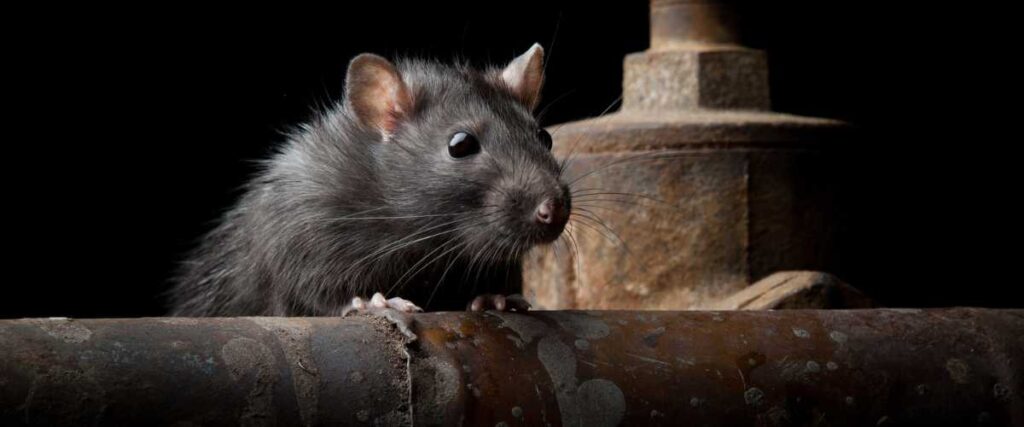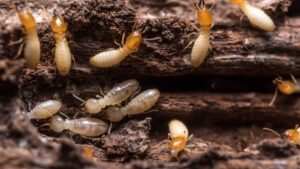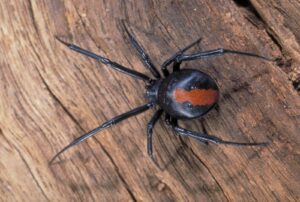Know Your Furry Intruders: Identifying Different Rodents Around Your Home and their Telltale Signs
As a homeowner, one of the more unwelcome guests you might encounter are rodents. These critters not only cause structural damage but can also pose significant health risks. In this post, we at the Clear-out Group will guide you in identifying different types of rodents often found in homes and the signs that suggest their presence.
Image Suggestion: A collage of common rodents like mice, rats, and squirrels.
Common Rodents Found in Homes
1. House Mouse (Mus musculus)
The house mouse is one of the most common rodents that invade homes. They are small (about 7-10 cm long, not including the tail), have pointy snouts, large ears, and their fur color can range from light brown to black.
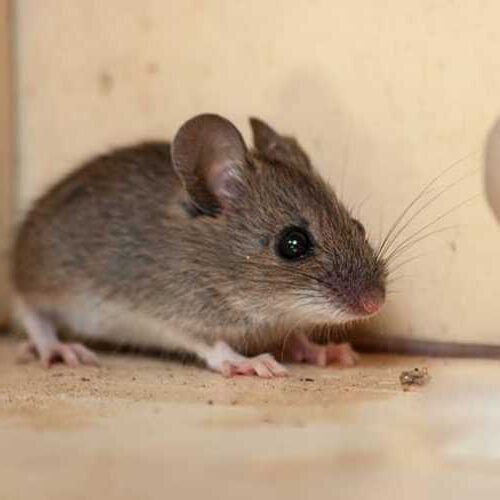
2. Norway Rat (Rattus norvegicus)
Norway rats, also known as brown or sewer rats, are larger than mice, typically about 40 cm long including their tail. They have a robust body, blunt snout, small ears, and their fur is coarse and brown or grey.
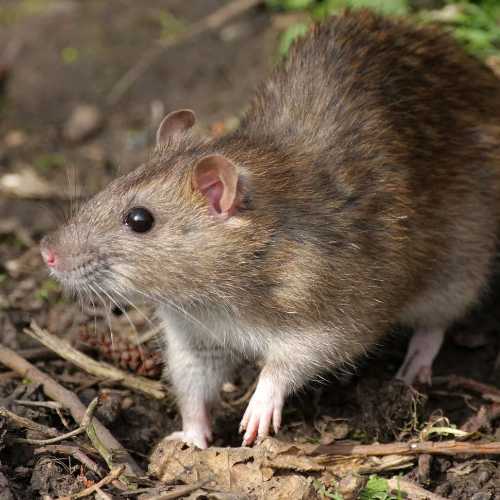
3. Roof Rat (Rattus rattus)
Roof rats, also known as black rats or ship rats, are similar in size to the Norway rat but have a sleeker body, a pointed snout, large ears, and a longer tail. Their fur is smooth and can be black or brown.
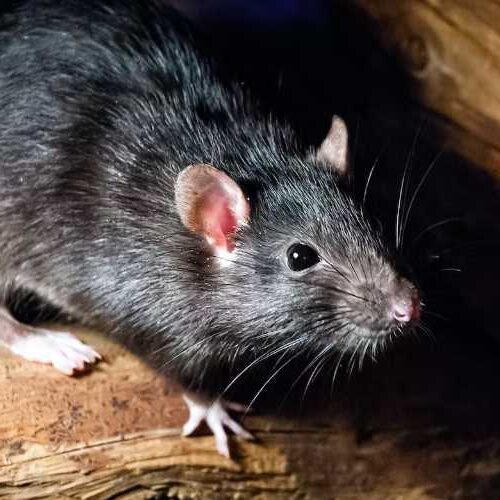
Identifying Rodent Droppings
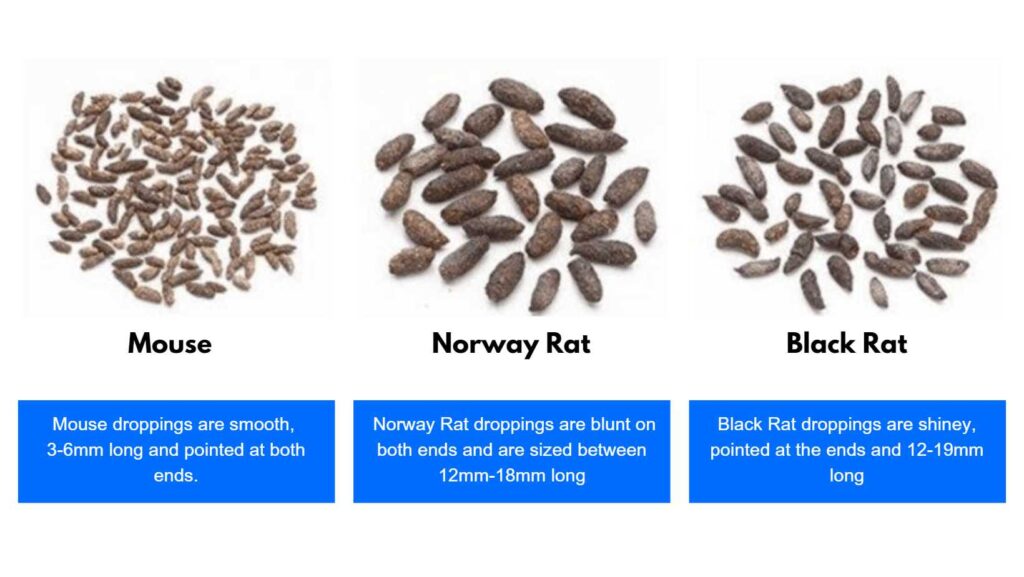
Signs of Rodent Infestations
Knowing what signs to look out for can help you detect a rodent infestation early. Here are some common signs:
1. Droppings: Rodent droppings are often the first sign of an infestation. Mouse droppings are small and pointed at both ends, whereas rat droppings are larger and have one or both ends pointed.
2. Gnaw Marks: Rodents are known for their gnawing habit. You may notice gnaw marks on furniture, wires, and walls, which can also help identify the type of rodent. Mice leave small, clean-cut gnaw marks, while rats leave larger, rougher gnaw marks.
3. Tracks and Runways: Rodents often use the same routes while moving around, leaving a trail of footprints or a beaten path.
4. Nesting Materials: Rodents build nests using materials like shredded paper, fabric, or insulation. Finding these materials can indicate a rodent infestation.
5. Unusual Pet Behaviour: If your pet is acting strangely, such as barking or scratching at walls, they might be aware of a rodent presence in your home.
6. Noises: Scratching, squeaking, or rustling noises, especially at night, can indicate the presence of rodents.
By knowing how to identify different types of rodents and the signs of their presence, you can take the first step in managing a potential rodent problem. If you suspect a rodent infestation in your home, it’s crucial to act promptly. Rodents breed rapidly, and a small problem can quickly escalate into a major infestation.
Professional Help from Clear-out Group
While you can attempt to deal with a minor rodent problem on your own, a significant infestation requires professional help. At Clear-out Group, we offer effective and efficient rodent control services.
Our Rodent Control Process
Our process involves an extensive property inspection to identify the type of rodent, followed by a custom treatment plan. We use proven methods, including trapping and baiting, along with preventative measures to ensure the rodent problem does not recur.
Preventing Future Rodent Infestations
Prevention is always better than cure, especially when it comes to rodent infestations. Here are some measures you can take to make your home less attractive to rodents:
- Seal Entry Points: Rodents can squeeze through tiny gaps and cracks. Ensure that any potential entry points, like gaps around doors, windows, pipes, and vents, are properly sealed.Image Suggestion: A ‘before-and-after’ image showing a hole being sealed.
- Proper Food Storage: Store food, including pet food, in airtight containers. Rodents are primarily attracted by the availability of food.Image Suggestion: An image of food stored in airtight containers.
- Regular Cleaning: A clean home can discourage rodent infestation. Regularly clean areas where food is prepared or eaten.Image Suggestion: An image of a clean kitchen.
- Garden Maintenance: Overgrown vegetation and piles of wood or debris can provide hiding places for rodents. Regular garden maintenance can help deter them.Image Suggestion: An image of a well-maintained garden.
- Regular Inspections: Regular inspections by professional pest control companies like Clear-out Group can help identify and resolve any potential rodent issues early.Image Suggestion: An image of a Clear-out Group professional conducting a property inspection.
Remember, timely action is critical when dealing with rodent infestations. If you see signs of rodents in your home, get in touch with us at Clear-out Group. Our expert team is trained to handle these invaders, ensuring that your home remains a safe and comfortable space for you and your family.
At Clear-out Group, we’re committed to helping you maintain a rodent-free home. Contact us today for a comprehensive rodent inspection and control service.

